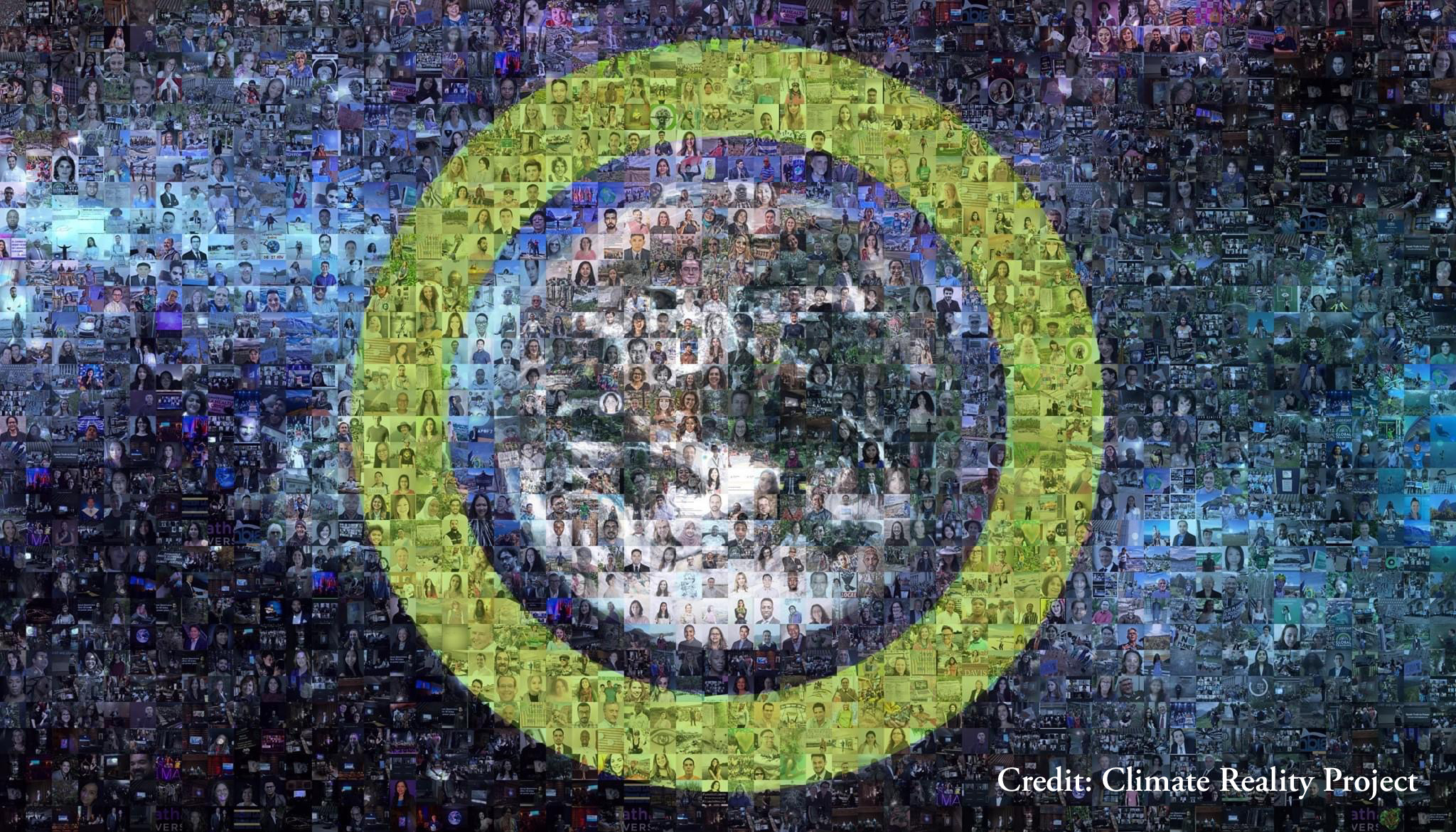All along the west coast of the U.S. and in many other parts of the world, devastating wildfires are spreading across millions of acres of habitat. Historic redwood, pine, and oak tree forests in California, Oregon, and Washington are going up in flames during another record-breaking fire season that has technically just begun. In California alone, wildfires have already burned more than three million acres this year, nearly double the record set in 2018 (National Geographic). The fire season still has about four months remaining, indicating this could be our worst year yet for wildfires. This pattern is likely to continue, with wildfires growing even more intense, frequent, and destructive. According to the Union of Concerned Scientists, from 2000 to 2018 wildfires burned more than twice as much land area per year than those from 1985 to 1999.
The millions of acres of habitat that are destroyed by fires, the people and animals killed, and the homes lost, are all casualties of climate change. Climate change causes wildfires to be more severe and more frequent through the dual effects of reduced precipitation and increased air temperature. In California, climate change has prolonged a 500-year drought and contributed to temperatures so high that last month was the hottest August in state history. Precipitation is so low and the air is so dry that rain and snow evaporate practically as soon as they hit the ground (The Washington Post). Climate change has also contributed to a bark beetle infestation that has killed 150 million trees in California, resulting in vegetation that is extremely dry and primed to ignite (National Geographic). Making the situation even more volatile, sprawling development has pushed human activities into more fire prone areas. In parts of southern California, humans are responsible for more than 95% of all fires (International Journal of Wildland Fire).
While occasional burning is a part of nature and can actually promote ecological health, huge, intense wildfires contribute to a number of environmental problems such as plant and animal extinctions, habitat loss, and air pollution (California Audubon). Over the past several weeks, four west coast cities in the U.S. have ranked in the top 10 for worst air quality in the world (The Guardian). Wildfires also contribute to a dangerous climate feedback loop. As vegetation burns, carbon dioxide and other global warming gases are released into the atmosphere, leading to even hotter and drier conditions (Union of Concerned Scientists). In some places, lightning strikes, which are a natural fire ignition source, are also becoming more frequent due to climate change (Scientific American).
This trend is not limited to the U.S., nor is it restricted to forest ecosystems. Last year, the bushfires in Australia killed about three billion wild animals (The Washington Post). In Brazil, fires have swept through the Amazon rainforest and ravaged the tropical wetlands of the Pantanal region (The Guardian). In eastern Siberia, warm temperatures have thawed out frozen peatlands, spurring an intense fire season that is more widespread than in previous years. Strong winds have carried the smoke thousands of miles away from Siberia, even reaching as far as Alaska. According to the Copernicus Atmosphere Monitoring Service, fires in Arctic Russia released more carbon dioxide in June and July 2020 than in any complete fire season since 2003 (NASA Earth Observatory). In every corner of the world, we are observing increasingly intense and expansive wildfires that are rapidly consuming earth’s natural resources.
As with many environmental disasters, we can look to nature’s own systems and indigenous cultures for possible solutions. Fire occurs naturally in the wild, and periodic, low-intensity burning can benefit ecosystems by improving soil fertility and supporting seed germination (National Geographic). It can also help to prevent the overgrowth of vegetation and buildup of dead plant matter that can turn a small fire into a massive blaze. Prescribed burning, ignition reduction, and integrative landscape management practices are key elements for preventing the type of out-of-control wildfires that can consume millions of acres within the blink of an eye. It follows that the highly polluting industries that are responsible for more than their fair share of fossil fuel emissions should be required to help finance the landscape management plans and teams of firefighters that are essential to sustainable wildfire prevention.
It is critical to remember that the mega-wildfires we are witnessing today are an outcome of climate change, and that swift and decisive climate action is ultimately what is needed in order to prevent each fire season from getting worse year after year.






